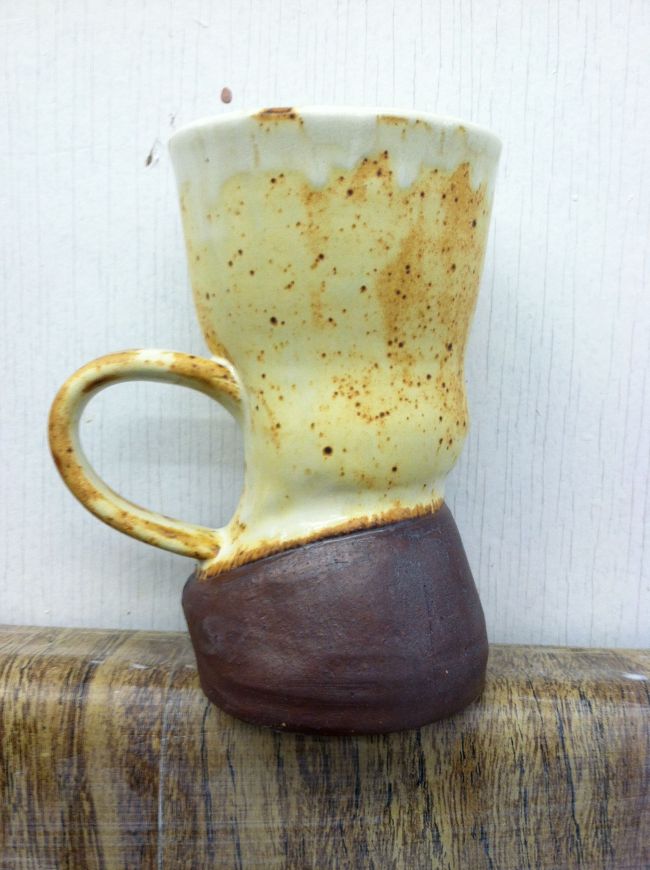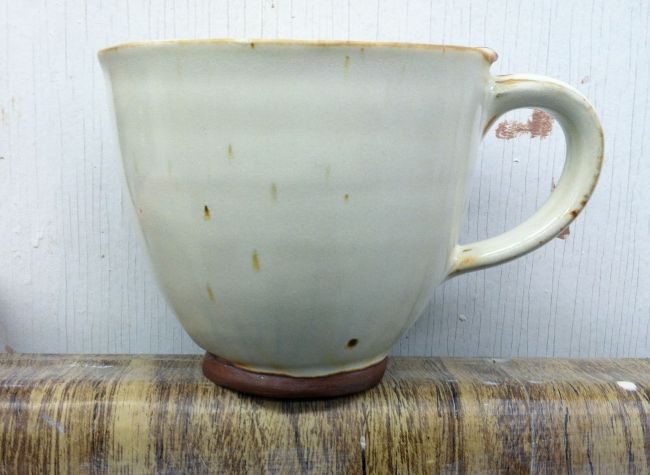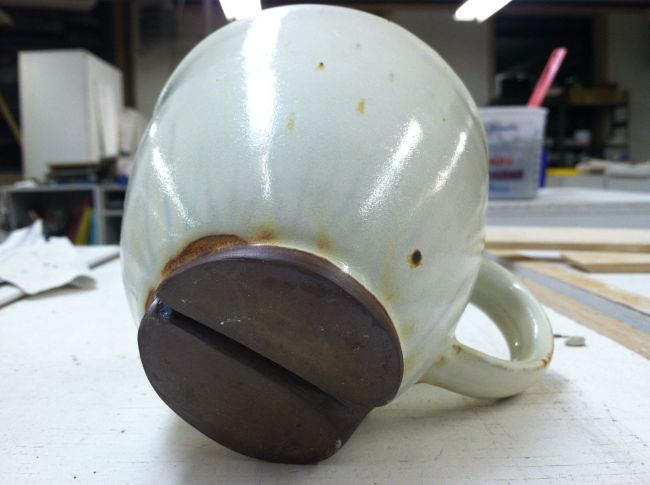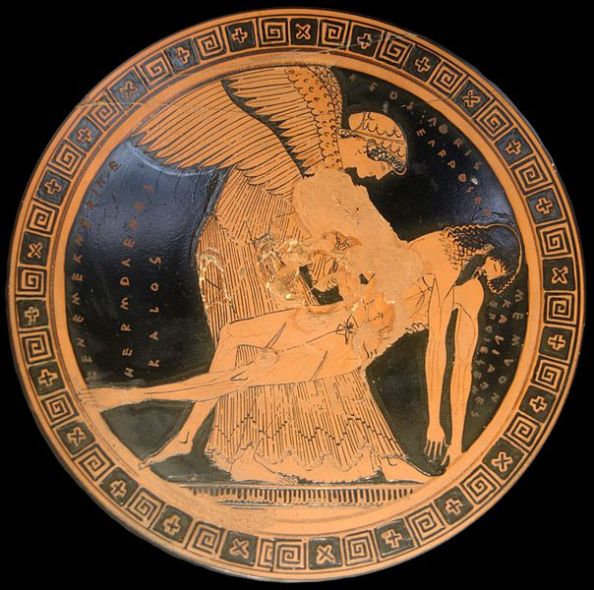In our Design and Production class, we are working with a local restaurant to design tableware, barware, and accessories. a tavola is a really interesting little restaurant, with a rustic Italian menu, expertly mixed old-fashioned drinks, a local farm to table philosophy, and a casual but intimate atmosphere. Excited by a tumbler that I picked up at The Clay Studio in Philadelphia this summer (I’ve been meaning to post about that cup–I’ve fallen in love with it), I chose to design barware. I really wanted to translate traditional glass barware into ceramic form. In my once and future life, I worked as a wine buyer at a beer, wine, and liquor store. I also tended bar on and off for years. Because of this, I am very familiar with the intricacies and rituals of wine, beer, and liquor tasting. In my opinion, there is no reason to exclude ceramic as a viable material from which to enjoy wine and spirits. There are considerations, sure. The rim should be thin or smoothly contoured or both. The color of the glaze on the inside of the cup, while it doesn’t have to be white, should be luminous, bright enough to reflect light back through a liquid, illuminating the color of the wine or spirit. I drink wine from a cup that Rebecca made all the time. I am constantly admiring the way the celadon interior glows through the wine. The weight of the cup should be balanced. It can be weighty but it must be satisfying to hold, not difficult or precariously balanced. Sadly, from our initial interview, I could tell that the client really wanted mugs. That may or may not be because pottery and mugs are synonymous sometimes.
We have been designing, ideating, and refining for weeks now. Our second visit with Nathan and Derek (the owner/chef and bar manager respectively) was this past Friday. We showed them some tangible, material examples of our more fully realized designs and asked for their feedback. I stupidly chose to pursue more than one design, making my life a little harder. But I am stubbornly holding onto the idea of classic cocktail glasses in ceramic form, so I am going to continue making the tumblers below, despite the fact that Derek and Nathan want mugs, in case they see some merit in them when I am finished. I’m making mugs too. Cups are my favorite form, after all.
The first picture is my very first design, a mug that is shaped like a hoof. The second version of that design morphed into a very traditional teacup that has a hoof-shaped foot, which fits into a hoof-shaped imprint in the saucer. The original sketch has an ornate blue and brown pattern. I have to work on a different, more subtle pattern but I will still use blues and browns. The tumbler is in bisque form but I am very happy with the mishima (slip-inlay) technique so far. It’s not practical for production but I think that I just wanted to do it to prove that I still can. The last design is another cup and saucer set, this one with botanical and biological diagrams. Both saucers are currently cooling in a kiln.












